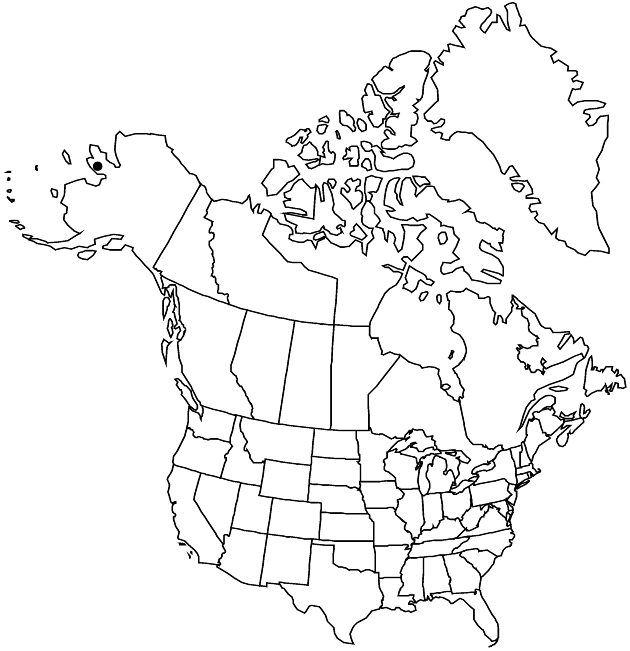Difference between revisions of "Tephroseris tundricola"
Folia Geobot. Phytotax. 8: 174. 1973.
imported>Volume Importer |
imported>Volume Importer |
||
| Line 52: | Line 52: | ||
|publication year=1973 | |publication year=1973 | ||
|special status= | |special status= | ||
| − | |source xml=https:// | + | |source xml=https://bitbucket.org/aafc-mbb/fna-data-curation/src/2e0870ddd59836b60bcf96646a41e87ea5a5943a/coarse_grained_fna_xml/V19-20-21/V20_1386.xml |
|tribe=Asteraceae tribe Senecioneae | |tribe=Asteraceae tribe Senecioneae | ||
|genus=Tephroseris | |genus=Tephroseris | ||
Latest revision as of 21:00, 5 November 2020
Perennials, 5–15 cm (unevenly floccose-tomentose to glabrate, especially distal stems, adaxial leaf faces, and phyllaries; rhizomes weakly spreading or suberect). Stems single or loosely clustered. Leaves basal and cauline; petioles weakly winged (passing into blades); blades ovate to lanceolate, 3–5 × 0.5–1.5 cm, margins subentire to denticulate (cauline narrower, sessile, bractlike). Heads 1(–4). Involucres ± abruptly contracted to peduncles. Phyllaries usually 21, green (tips sometimes purplish), 6–8 mm. Ray florets usually 13; corolla laminae 9–12 mm. Disc florets 30–50+; corollas yellow. Cypselae pubescent; pappi white. 2n = 48.
Phenology: Flowering Jul–Aug.
Habitat: Protected sites on talus and ridges
Elevation: 0–300 m
Distribution

Alaskaw, ne Asia (Russia).
Discussion
In the flora area, Tephroseris tundricola is known only from the Bering Strait region. It is similar to T. lindstroemii; the two are treated in the same species in contemporary Russian floristic studies. Our plants are separable by the characters given in the key.
Selected References
None.